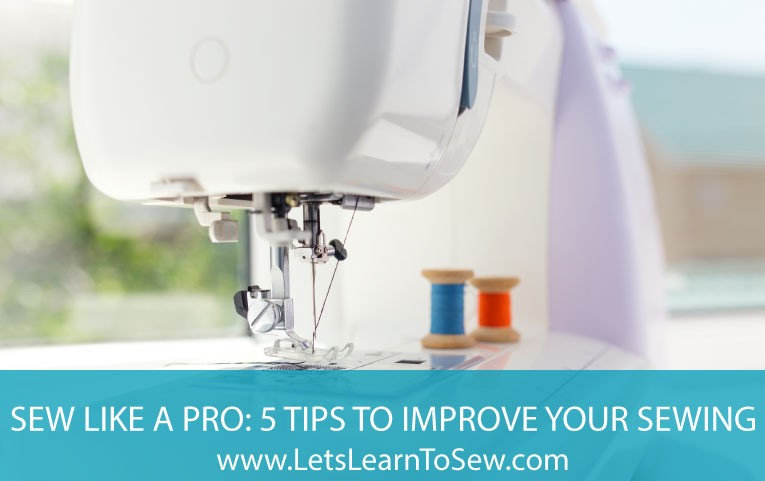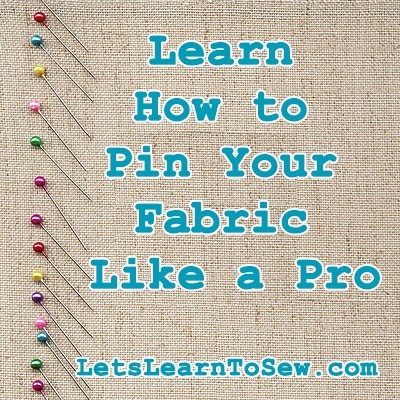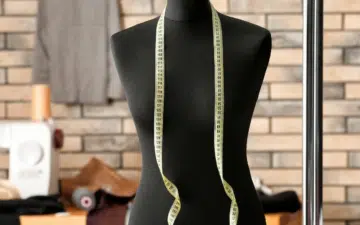Master these 7 simple tips and you’ll be on your way to making sewing patterns, like the pros!
Being armed with the basic knowledge of how to draft your own free sewing patterns is an invaluable skill. Contrary to what some people may want you to believe, it’s really not all that hard! It can be a little daunting at first because of the special tools and the seemingly scary math.
But, here’s the thing…
If you already know how to sew, you’re halfway there! There is no reason why you cannot transfer your sewing skills into drafting skills! At the very least, you can be altering the existing patterns you already own to make new styles!
Below, I’ll share my top 7 tips to get you started making sewing patterns just like the pros.
7 tips for drafting patterns like the pros
Tip 1. Make sure you have all the necessary tools and supplies
Having the right tools to make patterns is really important. There are a few basic tools that are necessary to have before you get started. Check out my comprehensive list of pattern making tools and supplies for a more in depth look on each tool.
Tip 2. Know how to use the pattern making rulers
Pattern making is easier than you think! You just have to do it. Dive in, head first! Be fearless! Pattern making is less of a SCIENCE and more of an ART! Essentially, all pattern making is, is taking a set of known measurements, plotting the points, and connecting the dots!
Here’s the insider secret, the way you connect said dots is with pattern making rulers! Here is a quick and simple explanation on how to use the pattern making rulers.
Tip 3. Make patterns by tracing your favorite garments
This technique works best with garments that have little to no shaping; like t-shirts, tank tops, leggings, and yoga pants. Basically, you lay these garments flat and trace all the way around them. But, don’t forget to add seam and hem allowances! Watch this video to see a simple technique to make free sewing patterns.
Tip 4. Understand ease and seam allowances
Ease is the amount of extra fabric that is built into the pattern to allow the garment to fit in a relaxed position. In other words, it allows for ease of movement. A woven pattern would have positive ease, where a knit pattern would have no ease or negative ease. Ease is used for both wearing ease and for design purposes.
Seam allowances are added to a pattern between the cutting line and the stitching line. Seam allowances allow for a specific amount of extra fabric for sewing. But, depending on the area, you may add more or less seam allowance. For example; side seams, hems, and necklines generally utilize different seam allowances. Find out more than you ever wanted to know about seam allowance here.
Tip 5. Know the basic terminology and markings used in the industry
Knowing the basic terms and markings used by the pros will make it easier for you to research and understand the information you might find on the internet or in books. Get started learning the basic pattern making terminology and pattern markings with these two articles.
Tip 6. Skip the fancy tools and software
You really only need 5 simple tools to get started making your own patterns. The good news is that you can most likely get them for less than $150! Check out my top 5 must have tools to get you started today!
Tip 7. Just go for it
I say, just dive in headfirst. Don’t worry about learning everything there is to know or having all the extra fancy tools. Just try it! Start simple and work your way to more advanced techniques! Trust me, you’ll never look back!
Like I mentioned above, pattern making is an ART, not a SCIENCE. You have to be FEARLESS! Just go for it, don’t be afraid of making mistakes. Want to know a secret? Industry professionals never get a pattern right on the first try! It takes many alterations and fit samples to produce the perfect pattern!





Leave a Reply